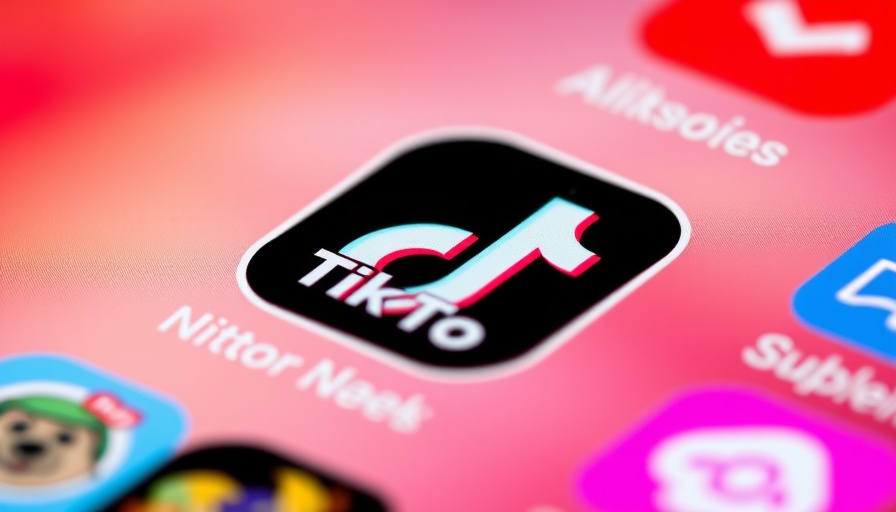
Unfiltered AI: A Growing Threat to Online Discourse
The advent of AI technology has brought forth unprecedented opportunities for creative expression and content generation. Google’s Veo 3 video generator, released in May, exemplifies this leap in innovation, enabling users to create high-quality videos at remarkable speeds. While some of these creations may offer harmless entertainment, their potential misuse raises significant ethical questions, especially when they promote hate and racism.
The Surge of Racist Content on TikTok
According to recent reports, TikTok has become a breeding ground for a disturbing surge of AI-generated videos that perpetuate racist and antisemitic tropes. These shorts, primarily targeting Black individuals and other marginalized groups, utilize harmful stereotypes, caricatures, and belittling imagery. Each clip, often no longer than eight seconds, notably bears Veo 3's watermark, confirming their origin. Despite TikTok’s established policies against hate speech and harmful content, these videos appear to circumvent the platform’s guidelines.
Why Are Such Videos Flourishing?
One might wonder how such offensive material could proliferate in the face of explicit community guidelines. Social media thrives on engagement, and that engagement often springs from controversy. Videos that invoke strong emotional responses—anger, disbelief, or outrage—are more likely to be shared and commented on, driving their viral nature. Coupled with an AI technology that deliberately seems less restricted, the dissemination of these videos becomes alarmingly easy.
AI’s Responsibility in Content Creation
The rapid emergence of tools like Veo 3 compels both companies and users to confront a stark reality: AI can inadvertently facilitate the spread of harmful ideologies. Google's limitations on AI outputs often rely on predefined constraints. As tested by various media outlets, these guardrails can falter, leading to the production of content that falls beyond acceptable bounds. The challenge lies in creating more sophisticated algorithms that can understand nuance and context more effectively.
Future Predictions: Navigating the AI Landscape
As we look ahead, the role of AI in our digital content landscape will likely continue to expand. However, this will require enhanced frameworks for regulating and monitoring AI-generated content. Companies like Google will need to invest in improving their content moderation systems, ensuring they can effectively distinguish between acceptable and unacceptable material.
Counterarguments and Diverse Perspectives
Some may argue that such technologies also have positive applications, such as aiding creativity and enhancing storytelling. Yet, the ability for malicious actors to exploit these advancements casts a long shadow over their benefits. The debate hinges on balancing innovation with accountability—a task that requires vigilance from tech companies, users, and policymakers alike.
Charged Conversations: Impact on Society and Culture
The spread of harmful AI-generated videos not only affects the targeted individuals and communities but also influences broader societal conversations. When AI perpetuates stereotypes and racial bias, it risks normalizing these harmful narratives, further dividing society. Understanding the implications of allowing such media to thrive is crucial to preserving social harmony.
Conclusion: Taking Action Against Misinformation
The troubling rise of racist AI videos reinforced by Google’s Veo 3 serves as a clarion call for increased responsibility in the use of technology. Every user of social media has a role to play in promoting healthy discourse and combatting harmful ideologies. By advocating for accountability, encouraging ethical technology use, and supporting platforms that enforce guidelines against hate speech, we can diminish the impact of such content. Our collective action and awareness can help pave the way for a more responsible digital environment.
 Add Row
Add Row  Add
Add 




Write A Comment